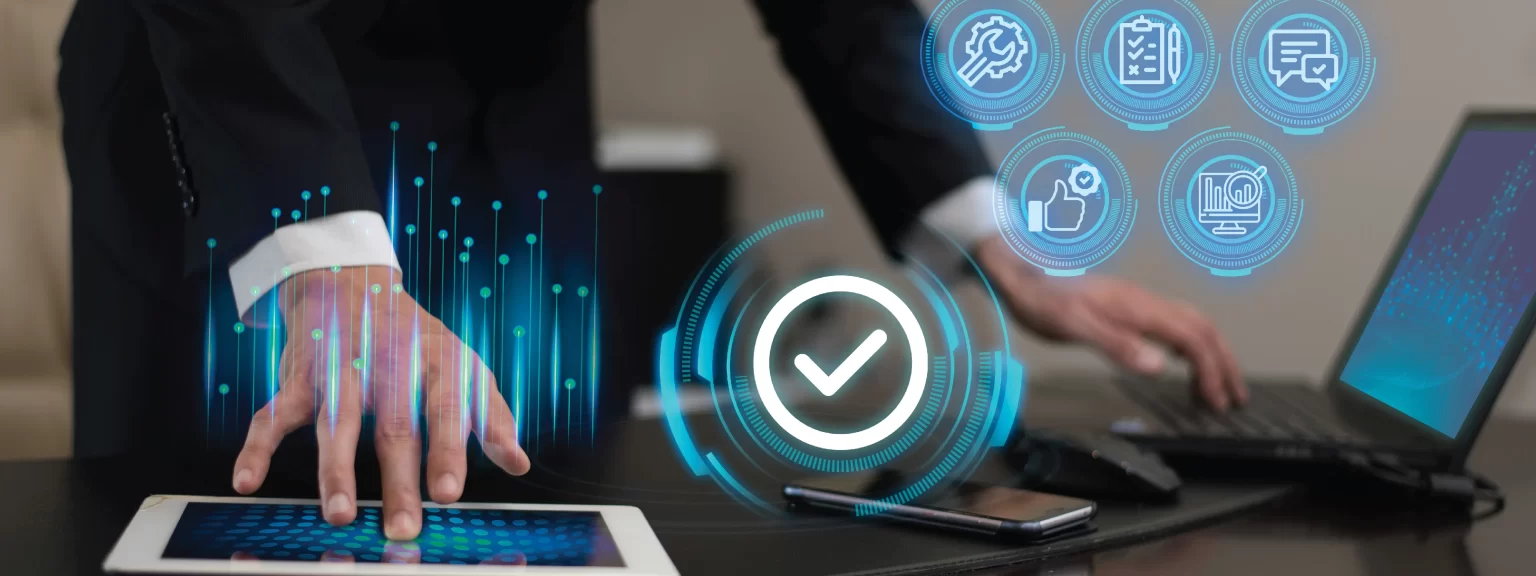Microsoft Dynamics: CRM for Customer Engagement
Customer relationship management (CRM) is a suite of integrated software solutions that efficiently manage, track, and store information concerning your company’s current and potential customers.
OpenAI has introduced Sora, a tool that transforms text prompts into video content, much like its predecessor DALL-E but for moving images instead of static ones. Sora has acquired attention on social media for its ability to generate video clips that resemble professionally produced movies, all from simple text inputs.
In this blog, we’ll break down what Sora can do, how it accomplishes it, and when it might become available for widespread use.
Sora can generate video clips up to 60 seconds long. Users can also extend the length by creating additional clips. This is a big deal because previous AI tools struggled to keep video frames consistent. Despite its abilities, Sora’s technique isn’t groundbreaking. It’s mostly a matter of scaling up existing methods.
Sora is a large computer program trained to match text captions with video content. Technically, it’s a diffusion model, similar to other AI tools. It uses a transformer encoding system like ChatGPT’s. Developers trained Sora by refining video clips and removing visual noise, translating text into temporal-spatial blocks to create complete video clips.
OpenAI hasn’t shared much about how Sora was developed or trained. Experts speculate it relied on a lot of training data and billions of program parameters, running on powerful computers. OpenAI used licensed and publicly available video content for training, possibly supplemented with synthetic data from programs like Unreal Engine.
Currently, OpenAI hasn’t set a specific launch date for Sora’s wider release. Prioritizing safety, OpenAI plans to involve policymakers, educators, and artists globally to address concerns and explore potential uses. Updates on the launch will be shared through OpenAI’s official channels.
Once launched, OpenAI aims to make Sora easy to use. Users might access it through:
As OpenAI shares more details, we’ll learn exactly how to access Sora. Whether through a platform, integrated services, or specialized apps, users can expect a straightforward experience to make the most of Sora’s capabilities.
OpenAI’s approach involves training text-conditional diffusion models on a wide range of video and image data, covering diverse durations, resolutions, and aspect ratios. Sora’s architecture relies on a transformer model that operates on spacetime patches, allowing the generation of high-quality video content. By leveraging the transformer’s scalability, Sora takes steps toward building general-purpose simulators of the physical world.
Inspired by the success of large language models, Sora employs visual patches as tokens to represent video data effectively. By compressing raw video data into a lower-dimensional latent space and decomposing it into spacetime patches, Sora achieves scalability and effectiveness in training generative models across various types of videos and images.
As a diffusion model, Sora predicts the original “clean” patches from noisy inputs using a diffusion transformer architecture. Demonstrating remarkable scaling properties similar to transformers in language modeling and image generation, Sora shows promise for advancing video generation technology.
Unlike previous approaches, Sora trains on data at its native resolution, offering several advantages. This approach enhances sampling flexibility, allowing Sora to generate content tailored to different devices and aspect ratios. Moreover, training on videos at their native aspect ratios improves composition and framing, resulting in higher-quality outputs.
Training text-to-video generation systems requires a vast corpus of videos with corresponding descriptive captions. Sora incorporates the re-captioning technique pioneered in DALL·E 3, enhancing text fidelity and overall video quality. By leveraging prompts generated by GPT, Sora can accurately follow user instructions, enabling the generation of high-quality videos aligned with specific prompts.
Beyond text-to-video generation, Sora exhibits versatility in animating images, extending videos, and facilitating video-to-video editing tasks. By seamlessly interpolating between input videos and transforming styles and environments, Sora enables users to manipulate video content effortlessly.
Sora’s training at scale has unlocked intriguing emergent capabilities, including 3D consistency, long-range coherence, object permanence, and interactions with the world. These capabilities hint at Sora’s potential to simulate complex scenarios and digital worlds, paving the way for highly capable simulators of the physical and digital realms.
OpenAI’s Sora offers a notable advancement in text-to-video technology, with potential applications across various industries. While it excels in generating realistic video content from text prompts, it also faces challenges in accurately depicting certain aspects. Despite lacking a specific launch date, OpenAI prioritizes safety and collaboration with stakeholders for a responsible release. Once available, Sora’s user-friendly interface and integration options are expected to make it accessible to a wide audience.
As anticipation builds, keep an eye out for updates by Xorbix Technologies on the release of Sora for more insights.
Would you like to discuss how Xorbix Technologies, Inc. can help with your enterprise IT needs.
Customer relationship management (CRM) is a suite of integrated software solutions that efficiently manage, track, and store information concerning your company’s current and potential customers.
Informatica, a leading data integration platform, has been a cornerstone for our client’s big data workflows.
Choosing the right analytics platform can significantly impact your organization’s success.
One Inc’s ClaimsPay integration is our major Midwest headquartered Insurance provider client’s ambitious electronic payment integration project.

Customer relationship management (CRM) is a suite of integrated software solutions that efficiently manage, track, and store information concerning your company’s current and potential customers.
Informatica, a leading data integration platform, has been a cornerstone for our client’s big data workflows.

Choosing the right analytics platform can significantly impact your organization’s success.

One Inc’s ClaimsPay integration is our major Midwest headquartered Insurance provider client’s ambitious electronic payment integration project.